SALICYLIC ACID (KERATOLYTIC) - TOPICAL
PHONETIC PRONUNCIATION: (SAL-i-SIL-ik)
COMMON BRAND NAME(S): Duofilm, Virasal
GENERIC NAME(S): salicylic acid
Uses
USES: This medication is used on the skin to treat common skin and foot (plantar) warts. Salicylic acid helps cause the wart to gradually peel off. This medication is also used to help remove corns and calluses. This product should not be used on the face or on moles, birthmarks, warts with hair growing from them, or genital/anal warts. Salicylic acid is a keratolytic. It belongs to the same class of drugs as aspirin (salicylates). It works by increasing the amount of moisture in the skin and dissolving the substance that causes the skin cells to stick together. This makes it easier to shed the skin cells. Warts are caused by a virus. Salicylic acid does not affect the virus.
How to use SALICYLIC ACID (KERATOLYTIC) - TOPICAL
HOW TO USE: Follow all directions on the product package. If you are uncertain about any of the information, consult your doctor or pharmacist. This medication is for use on the skin only. To avoid irritation, do not let this medication come into contact with your eyes, nose, mouth, groin, or any broken skin. If you do get the medication in those areas, flush the area with cool water for 15 minutes. Wash hands after use. First, soak the corn, callus, or wart in warm water for about 5 minutes to soften the treatment area. Dry thoroughly. Your doctor may direct you to use a pumice stone, callus file, or emery board to carefully remove the top dead layers of skin after soaking and before applying the medication. This dead skin removal is only to help the medication work better. Do not try to rub the wart or callus off. If you are using a liquid/gel, apply a few drops or a thin coat of the medication to cover the entire wart, callus, or corn using the applicator if provided. Be careful to apply it only to the affected area and not the surrounding skin. Let dry for 5 minutes. Depending on the brand used, you may need to apply the medication twice with each treatment. Check your product package and follow the directions carefully. You may cover the area loosely with a bandage. Repeat this procedure 1 to 2 times daily for up to 2 weeks for corns and calluses and 12 weeks for warts or as directed by your doctor. If you are using a medicated pad or bandage, you may need to cut the pad so that it covers the treatment area completely but does not touch the surrounding skin. Peel off the protective covering and place the patch/bandage over the area. Leave in place according to package directions. Remove and place a new patch/bandage as directed (usually every 8 to 48 hours depending on brand). Repeat this procedure for up to 2 weeks for corns and calluses and 12 weeks for warts. Dosage is based on your medical condition, product type/brand, and response to treatment. Do not use large amounts, apply this medication more often, or use it for a longer period than directed. Your condition will not clear faster, but the chance for side effects may be increased. Use this medication regularly to get the most benefit from it. To help you remember, use it at the same time each day. If your condition persists or worsens, or if you think you may have a serious medical problem, seek immediate medical attention.
Side Effects
Precautions
Interactions
Overdose
Images
Reviews
Faq for SALICYLIC ACID (KERATOLYTIC) - TOPICAL
Salicylic acid topical is used to treat various skin conditions such as acne, warts, corns, and calluses.
Salicylic acid works by helping the skin to shed dead cells from the top layer, which helps to unclog pores and remove the affected skin.
Salicylic acid topical is generally safe to use, but some individuals may experience skin irritation, redness, or stinging. It is important to follow the instructions provided by your healthcare provider or the product label.
Salicylic acid can be harsh on sensitive skin, so it is recommended to do a patch test or consult a healthcare professional before using it on sensitive areas.
The time it takes for salicylic acid to work depends on the specific skin condition being treated. In most cases, noticeable improvement can be seen within a few days to a few weeks of regular use.
It is best to consult with a healthcare professional before using salicylic acid topical during pregnancy or breastfeeding to ensure safety.
Salicylic acid can be used on the face to treat acne, but it should be used with caution, especially if you have sensitive or dry skin. It is recommended to start with a lower concentration and gradually increase if needed.
Salicylic acid may interact with certain products, such as harsh cleansers or other exfoliating agents. It is advisable to avoid using them at the same time to prevent excessive irritation or drying of the skin.
The frequency of application depends on the specific product and the condition being treated. It is generally recommended to follow the instructions provided with the product or consult a healthcare professional.
Disclaimer
IMPORTANT: HOW TO USE THIS INFORMATION: This is a summary and does NOT have all possible information about this product. This information does not assure that this product is safe, effective, or appropriate for you. This information is not individual medical advice and does not substitute for the advice of your health care professional. Always ask your health care professional for complete information about this product and your specific health needs.
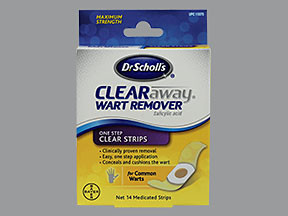
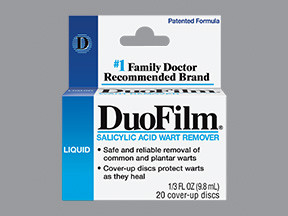
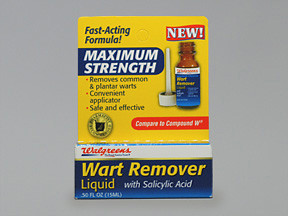
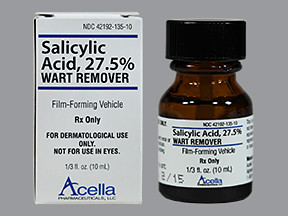
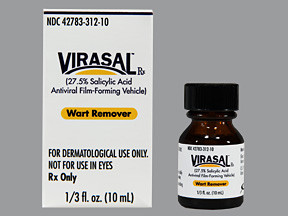
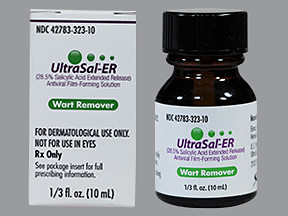
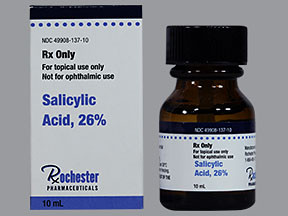
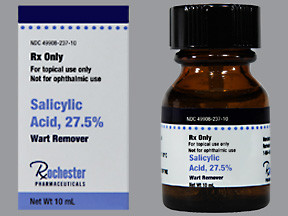
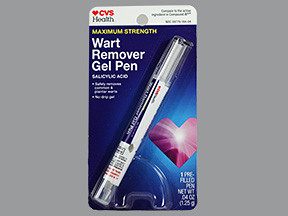
No Reviews Yet